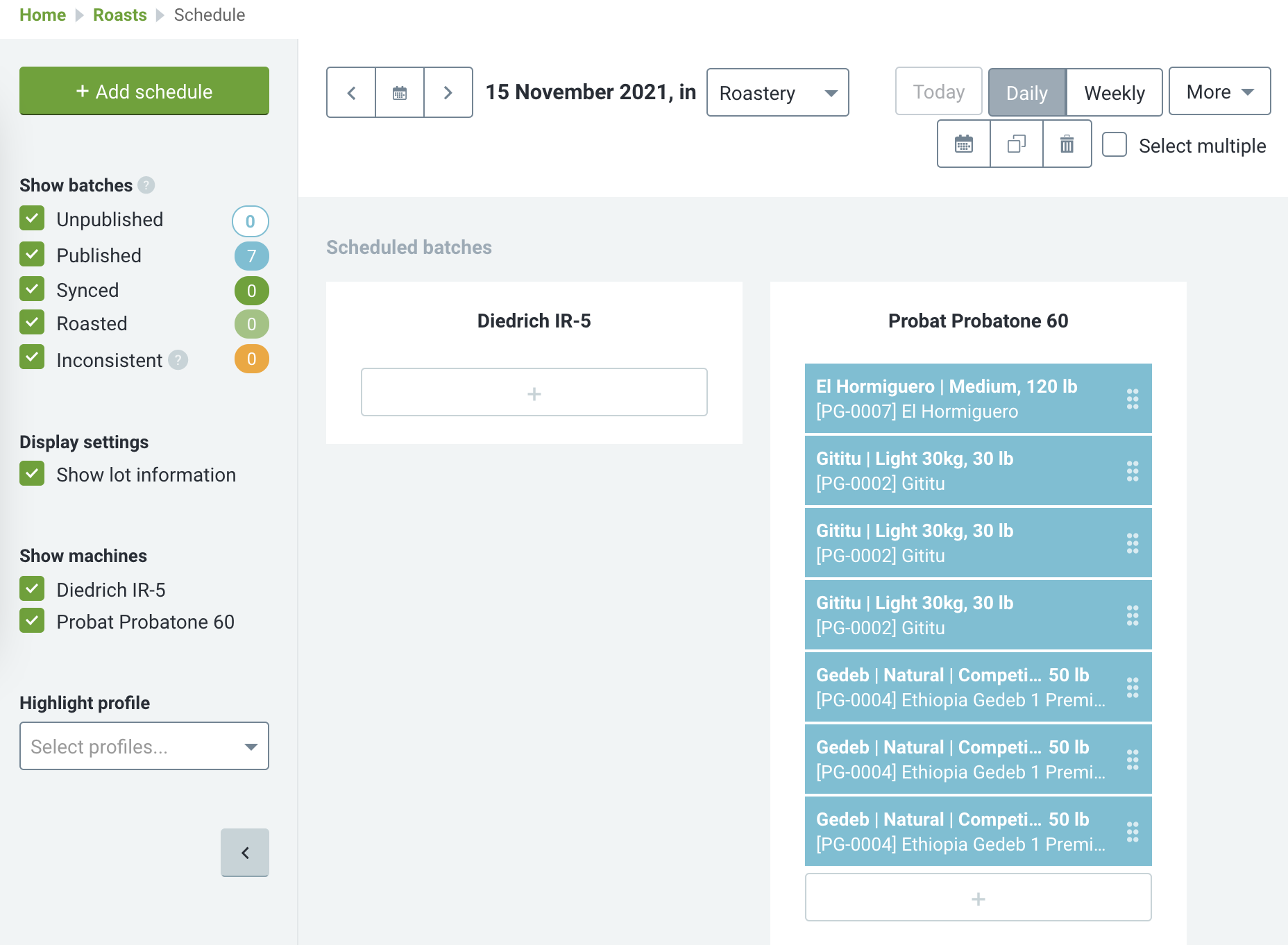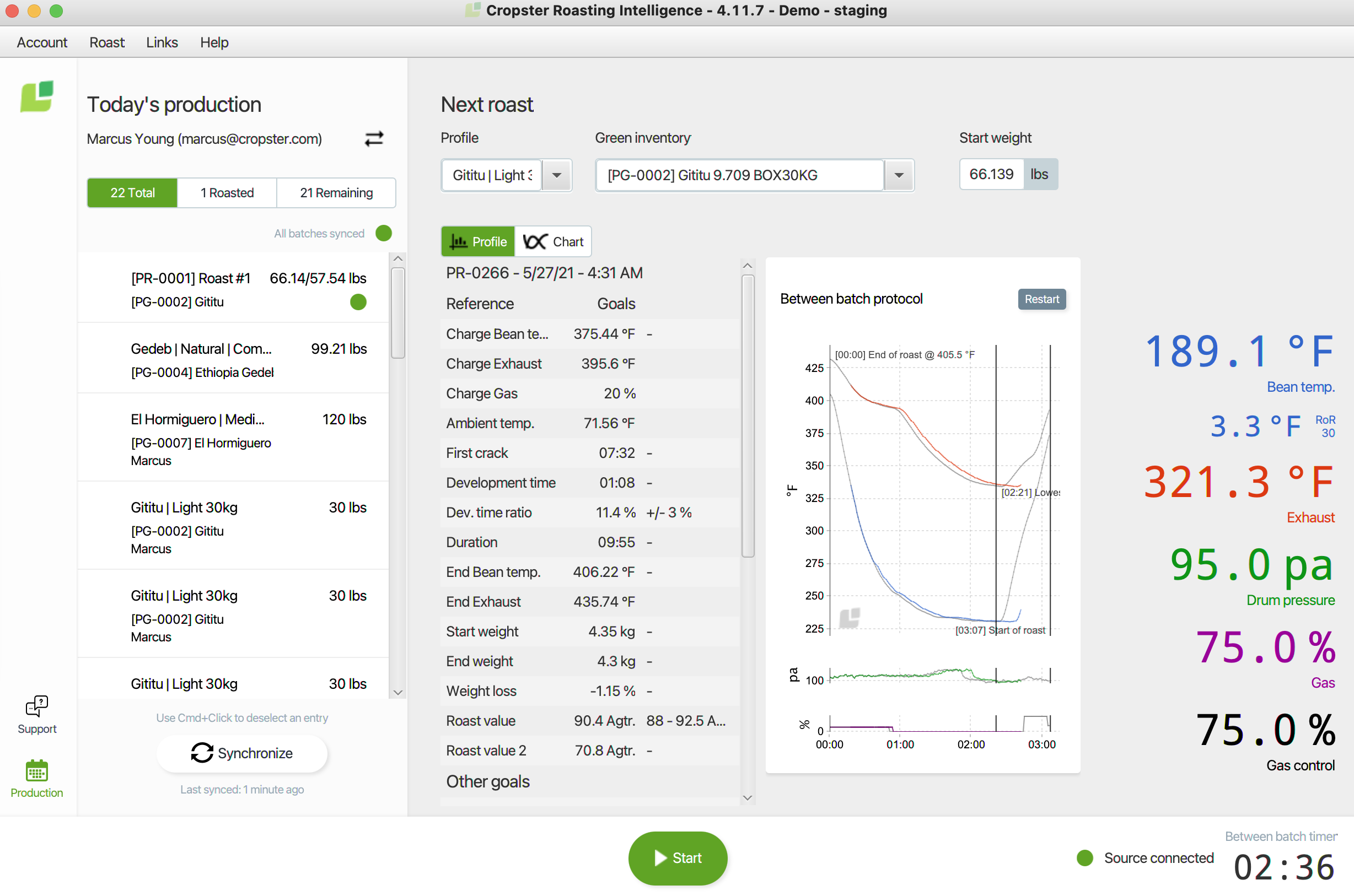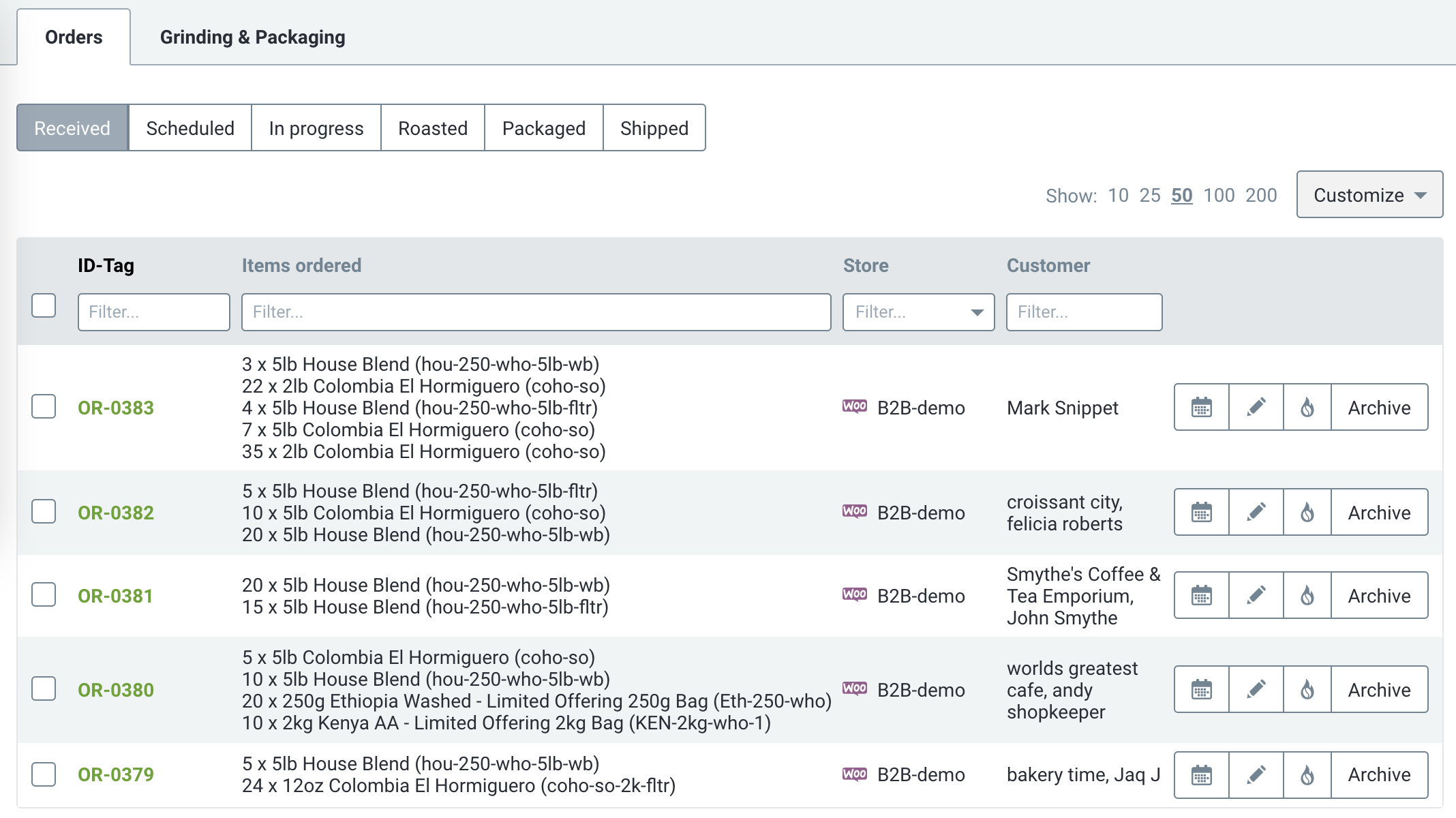This new model brings some major challenges and additional costs. The cost per package of a small 250g – 350g or 12oz retail bag is significant compared to bulk packaging. The labor required to print labels, assemble bags, grind and package the coffee is more involved than with larger packages. The cost to gain and keep a consumer customer is often higher than that associated with a high-volume wholesale account.
Many articles addressed this new scenario, and an April 2020 piece in Eater by Jordan Michelman of Sprudge captures this reality in a discussion with Portland’s Stumptown Coffee Roasters.
Retail closures are significant for Stumptown, but Pilcher [Head of Brand at Stumptown] says online sales are way up — as much as 250 percent over the last month — and grocery sales are up 60 percent. . . . “We have no idea what’s going to happen next with our cafes,” says Pilcher. “But I can tell you now that we’re working to get into Costco.”
America’s Coffee Shops Just Might Survive This Moment
https://www.eater.com/2020/4/20/21227910/coffee-shops-affected-by-coronavirus-pandemic-pivots
Finding new efficiencies in your roastery operations is good for the bottom line, and more important than ever in times of uncertainty. One of the key areas where roasters can build efficiencies is by developing systems to simplify production planning and scheduling. The activities during a production day can be complex. Many roasting companies are roasting nearly all of their coffee fresh-to-order. When planning their production, roasters have to consider a wide range of things:
- Orders come from websites, account managers, wholesale accounts, and other sources.
- A single green coffee lot can be used in pre-roast blends, single origin coffees, or in post-roast blends.
- Some orders are ground for drip, others for commercial batch brews, while others are sold as whole beans.
- Packaging types can range from 5lb or 2kg bulk bags, to 2lb packages, 12oz or 250g grocery and retail bags, or even frac-packs for institutional accounts.
An essential activity for a roaster is effectively planning a production day based on operational realities and your customers’ expectations. Roasters need systems that allow them to use carryover coffee from earlier production days, give flexibility to fulfill last minute customer orders, maintain quality standards, and promote efficiencies in roasting and production.
Roasting companies need to collect payments, generate invoices for customers, and create reports informing production staff how much of which green coffees to stage. Roasting teams need to know the number of batches to roast to which profile. Production departments need to know how much of which coffees to blend, to grind (and how they are ground), and how many of each bag to prepare. Fulfillment personnel need to know which coffee goes to which customer and which orders are shipped, delivered, and picked up.
It’s a lot of data to manage before you even start roasting. I’ve interviewed many roasters about these processes, and many report that for each production day, they spend as much as 90 minutes or more on production planning! That’s 90 minutes of labor cost and 90 minutes of lost production time! This is where Cropster comes in! Our tools for managing green inventory, roast scheduling, converting orders to roasts, and our advanced Commerce integrations turn what previously took an hour and a half into a few minutes of work – saving you labor, reducing errors, and building efficiencies.
We already addressed managing Green Inventory in an earlier blog post, and having the coffee available to roast is the first critical step in building efficiencies.

Building a production schedule is simple in Cropster – just enter the quantity of each profile you need roasted, and the scheduler calculates the batch sizes based on the coffee’s weight loss and the roasting machine.

Your production schedule syncs to Cropster Roasting Intelligence software that connects directly to your roasting machine, eliminating the guesswork for your roasting team.
Cropster provides tools to simplify these steps. With our Roast Schedule feature, a head roaster enters each profile into their Cropster account during the production day. This profile is then available to your roasters through Cropster Roasting Intelligence. Profiles are tied to green coffee inventory, adjusting inventory each time a batch is roasted. Single origin profiles have a known weight loss associated with them, easing planning. Your ideal batch size and selected roast machine populate automatically. With just a few clicks, an entire production day can be sent to your roast team in Roasting Intelligence.

With Cropster Commerce, orders synch directly from your Shopify or WooCommerce store in to Cropster Order to Roast.
Cropster also provides advanced order scheduling tools in our Order to Roast Module. When you enter your orders into Cropster the software automatically builds a production plan, grinding and packaging report, and creates a roast schedule. Orders for multiple package sizes, various products, blends and single origin coffees are aggregated within Cropster, and your teams know how much of each green coffee to prepare, which profiles to roast, and then how to grind and package that coffee. Further simplifying order entry is Cropster Commerce, where orders from Shopify and WooCommerce automatically sync into Cropster, further simplifying your production planning.

When you convert orders to a schedule with Cropster Order to Roast, the software creates a production plan based on your blend ratios, single origin profiles, known weight loss, and preferred batch sizes!
Do you use one single origin profile as a blend component, but also sell that coffee on its own? Cropster Order to Roast takes this into account when you build a production plan. Do you use one green coffee in multiple profiles (for example, your Guatemala Huehuetenango is roasted as your French roast dark, but also as a medium single origin Guatemala)? Cropster will tell you how much green coffee to pull based on the unique weight loss of each profile!
Operating a roastery and crafting delicious coffees is incredibly rewarding work. Operating efficiently and effectively is one key component of profitability. Book a demo or training soon with Cropster to learn how we can play a part in your success in today’s competitive climate as roasting companies facing unique challenges.
If you haven’t already, check out our recent blog post, Real-time Green Inventory, in part 1 of our series, Managing Uncertainty with Cropster.
Book a Demo or Training to Learn More






